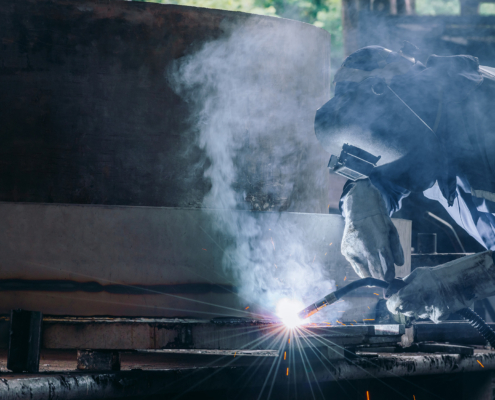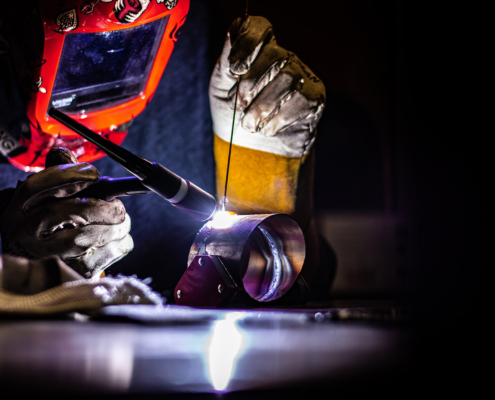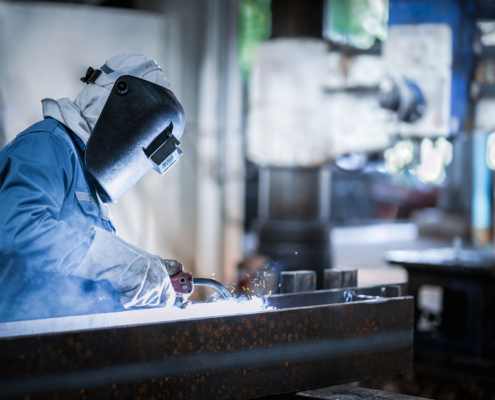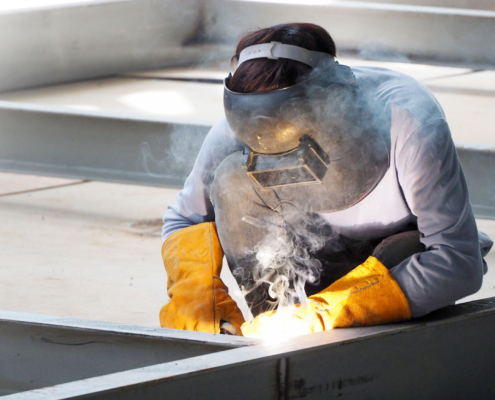The Guide to Gas Monitors: Controlling Gas Levels for Workplace Safety
Invisible threats can be the most dangerous. Gas detectors are the silent guardians of the workplace, tirelessly scanning the environment to safeguard employees from unseen hazards. Understanding the nuances of these protective devices can mean the difference between a safe workday and a disaster.
This guide explores how gas monitors provide assurance and security in the workplace, allowing for peace of mind amidst potential dangers.












